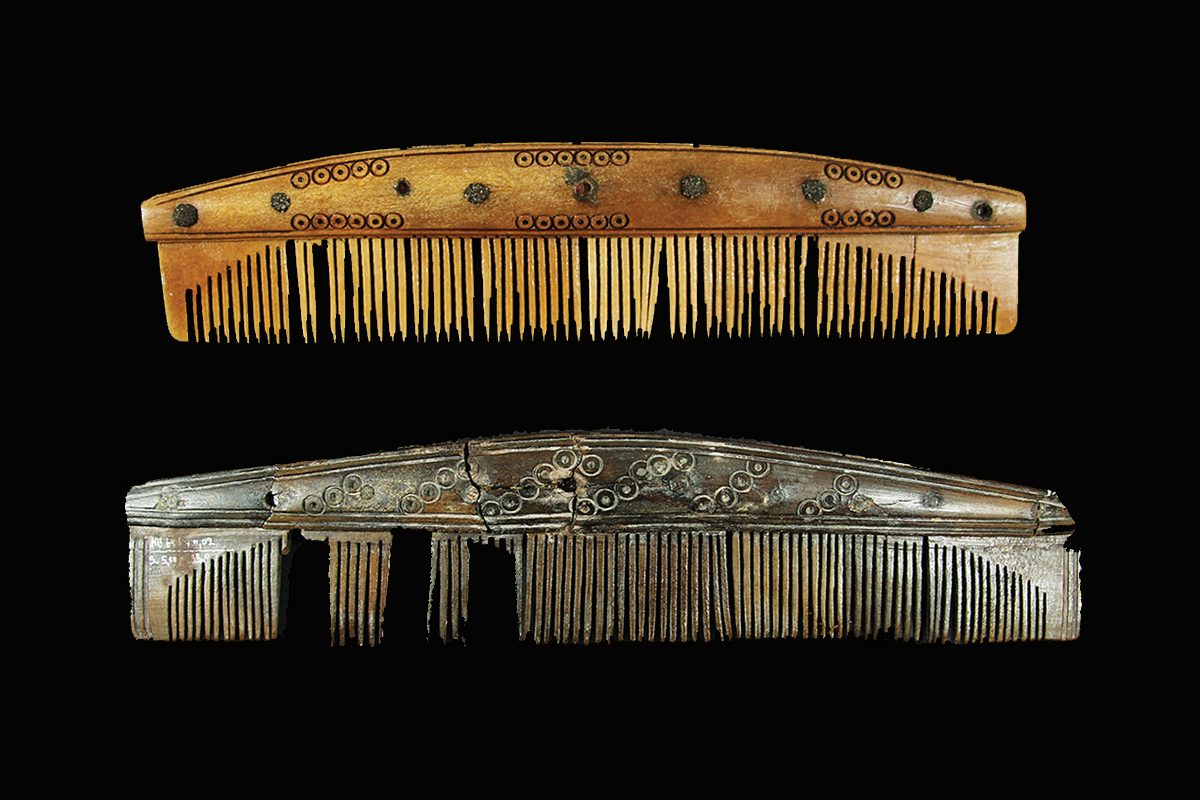An analysis by researchers from the University of York has revealed Viking trade routes between northern Scandinavia and the edges of continental Europe.
The study focuses on trade connections from the town of Hedeby, an important trading settlement during the Viking Age near the southern end of the Jutland Peninsula in Germany.
Hedeby is first mentioned in the Frankish chronicles of Einhard (who was in the service of Charlemagne), but was probably founded around AD 770.
Hedeby’s prominence as a primary trading hub can be attributed to its strategic geographical positioning along the pivotal trade routes connecting the Frankish Empire and Scandinavia in the north-south direction, as well as the Baltic and the North Sea in the east-west direction.
The town was also a major centre of antler-working, with 288,000 antler finds recorded to date, most of which are waste material from the production of hair combs.
A ZooMS analysis of the collagen in the combs has revealed that 85-90% of the combs were made from reindeer antler during the 9th century AD. The combs or antlers were imported from northern Scandinavia, indicating new evidence for contact between Hedeby and the northern outlands in central and northern Scandinavia.
Dr Steven Ashby, from the Department of Archaeology at the University of York, said: “The work at Hedeby is particularly interesting, as it tells us about connections between the mountains of upland or arctic Scandinavia and this large town at the gateway to continental Europe, and points to a window in the 9th Century when these northern links must have been particularly strong.”
The paper ‘In the footsteps of Ohthere: biomolecular analysis of early Viking Age hair combs from Hedeby (Haithabu)’ is published in Antiquity Journal.
https://doi.org/10.15184/aqy.2023.118
Header Image Credit : Mariana Muñoz-Rodriguez





